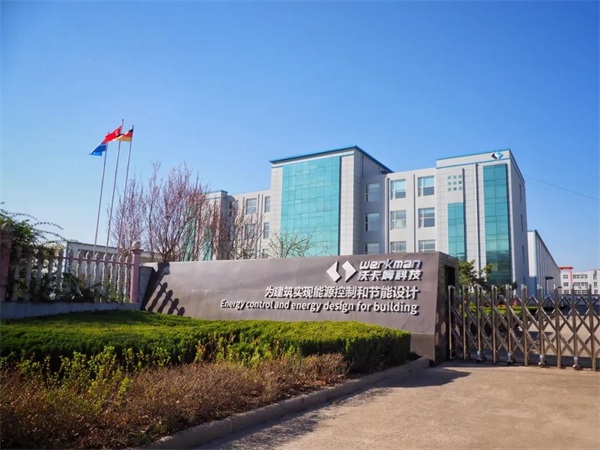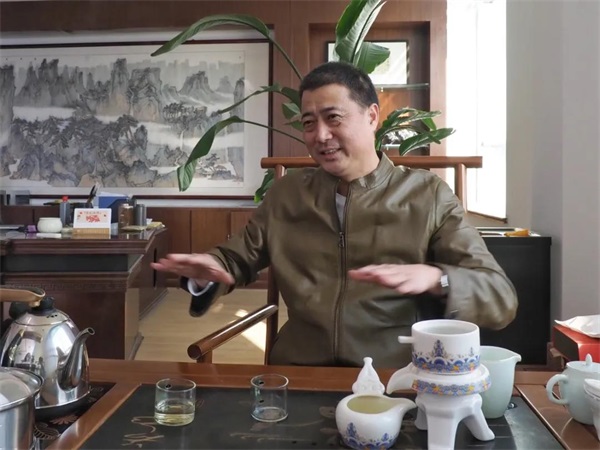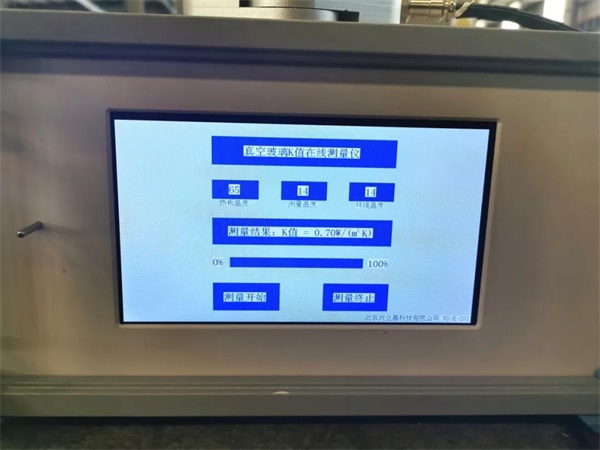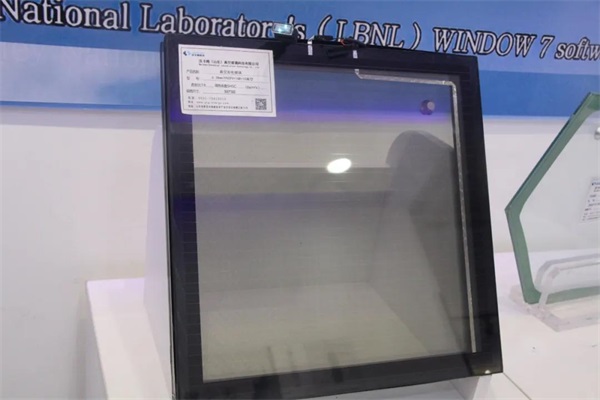CONCENTRATE ON QUALITY, SET SAIL AND START A NEW COURSE —— INTERVIEW WITH WERKMAN (SHANDONG) VACUUM GLASS TECHNOLOGY CO., LTD.
Vacuum glass, as a new type of glass deep processing product, offers several advantages such as low heat transfer coefficient, excellent sound insulation performance, and wide application range. It effectively serves multiple purposes, including heat insulation, condensation prevention, energy saving, noise reduction, and more. In recent years, with the strong support of China's central and local governments in promoting building energy conservation, vacuum glass has encountered unprecedented opportunities for development. As a result, the industry has witnessed a shift from fragmented efforts to a more cohesive landscape, with an increasing number of enterprises and researchers investing in the research and production of vacuum glass.
One such enterprise is Werkman (Shandong) Vacuum Glass Technology Co., Ltd., established in 2019, which is embarking on a new journey towards vacuum glass industrialization. China has emerged as a global leader in the field of vacuum glass, yet sustaining this leadership position remains challenging. The industrialization of vacuum glass has been hindered in recent years due to its complex nature, requiring the integration of various technological aspects such as glass deep processing, vacuum technology, precision thermal engineering, mechanical measurement, and automation. Each technical link is intricate, and any oversight in detail can significantly impact product quality and yield.
Liu Yong, the General Manager of Werkman, takes great pride in the high finished product rate of vacuum glass in their company, which exceeds 90%. Liu Yongliang, with his extensive background in the glass industry, brings rich practical experience in glass coating, deep processing, and door and window curtain wall engineering, contributing to his relentless pursuit of product quality. He emphasizes the criticality of controlling product quality to ensure its longevity, prevent reputational damage, and secure the sustainable development of the entire vacuum glass industry.
During a visit to the workshop, it was evident that each piece of vacuum glass produced by Werkman underwent meticulous inspection, ensuring stringent quality control and instilling confidence in end-users. Current safety requirements necessitate the tempering of vacuum glass, which poses challenges related to stress uniformity on the glass surface. Uneven stress distribution can lead to glass breakage under thermal stress. However, thanks to their tempering equipment, Werkman can currently control the stress difference within 1 MPa at different points on the glass surface, significantly reducing the occurrence of breakages.
Werkman's factory covers an area of nearly 20,000 square meters, with a current maximum stable mass production size of 2,800 mm × 1,600 mm for vacuum glass. The U value of their single Low-E vacuum glass (consisting of 5mm white glass, 0.15 V, and 5mm low-e) can reach 0.7 W/(m2·K). Additionally, their three-glass, two-cavity vacuum glass (comprising 5mm white glass, 0.15 V, and 5mm low-e) achieves even lower U values. Werkman plans to introduce a new edge-sealing furnace and establish a dust-free workshop to further enhance production capacity. Once these upgrades are complete, their production capacity will reach 500m2 per day, moving them closer to continuous production goals.
In line with national building energy-saving requirements, there is an increasing demand for buildings with improved energy control and energy-saving designs. The thermal performance index requirements for building envelopes, including external windows, have become more stringent. For instance, Beijing's recently implemented "Residential Building Energy-saving Design Standard" DB11/891-2020 sets a minimum heat transfer coefficient requirement of 1.1 W/(m2·K) for external windows. While traditional three-glass, two-cavity hollow glass made of Low-E glass in China has already reached this limit, further reducing the U value requires adding more glass layers. However, increasing the number of glass layers poses challenges to window hardware load-bearing capacity and frame thickness, leading to unnecessary costs and reduced light transmittance. In this regard, vacuum glass stands out with its lightweight nature, low noise, and U values below 0.4. Werkman recognizes this unique advantage and emphasizes the use of vacuum glass composite insulating glass for the development of system doors and windows.
Werkman has also developed vacuum glass windows based on European standards, with their GVG90 series vacuum glass system windows receiving the special prize at the 23rd Passive House World Congress. As the demonstration effect of Beijing's "Residential Building Energy Efficiency Design Standard'' spreads, other provinces and cities are expected to promote similar building energy efficiency standards, paving the way for super energy-saving and zero energy-consumption buildings. This provides a broader development space and market potential for high-quality vacuum glass doors and windows.
Werkman Company adheres to the development philosophy of "realizing energy control and energy-saving design for buildings." In addition to energy-saving measures, capacity building plays a crucial role in their sustainable development. They have jointly developed transparent power generation technology with ECU University in Australia, aiming to transform buildings into "storage power stations" that actively generate clean energy.
Liu Yongliang is enthusiastic about the company's expansion into the solar power glass business. He shared some of the projects they have undertaken in Australia with the reporters. One such project involves the application of solar power glass in bus shelters to provide electricity, lighting, and advertising capabilities in sparsely populated areas lacking street lamps. Another project focuses on agricultural greenhouses, where transparent solar power glass enhances photosynthesis and provides energy for irrigation, ventilation, and soil conservation, addressing the challenges posed by drought and limited rainfall in Australia. Currently, Werkman Company leads the way in combining vacuum glass with solar transparent power glass, venturing into the realm of creating a "window of the future." As China has recently emphasized peak carbon dioxide emissions and carbon neutrality, significant challenges lie ahead in achieving these ambitious goals. Energy-saving vacuum glass, as a vital component of green building materials, not only meets the requirements for lightweight, high-value, high-quality, and high-end building materials but also contributes to realizing peak carbon dioxide emissions. Consequently, Werkman Company finds itself in a historic position with immense development opportunities. The motto "once climbing to the top of the peak, one would see the other mountains all appear dwarfs under the sky" prominently displayed in Liu Yongliang's office reflects his determination and ambition to excel in the vacuum glass industry. Regardless of the challenges ahead, Werkman, inspired by the spirit of conquering mountains in the new era, strives to surpass itself continually and conquer new peaks in the process of vacuum glass industrialization.



